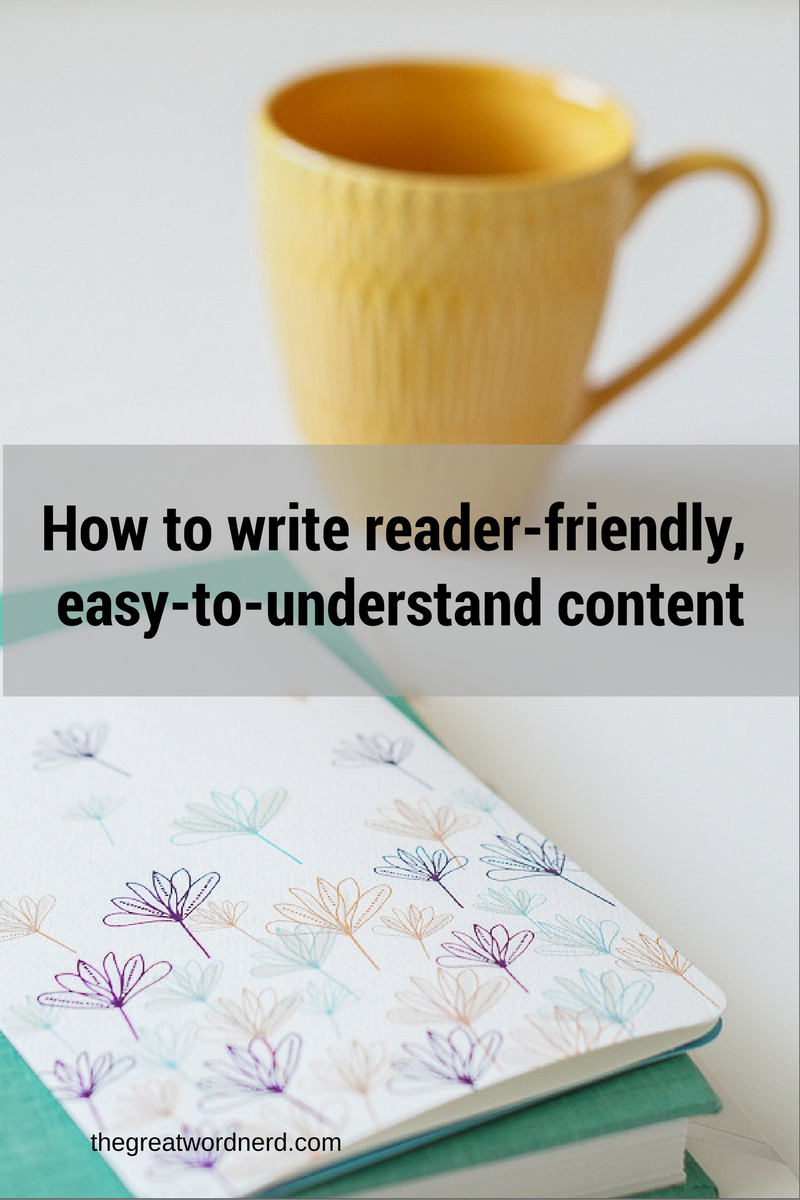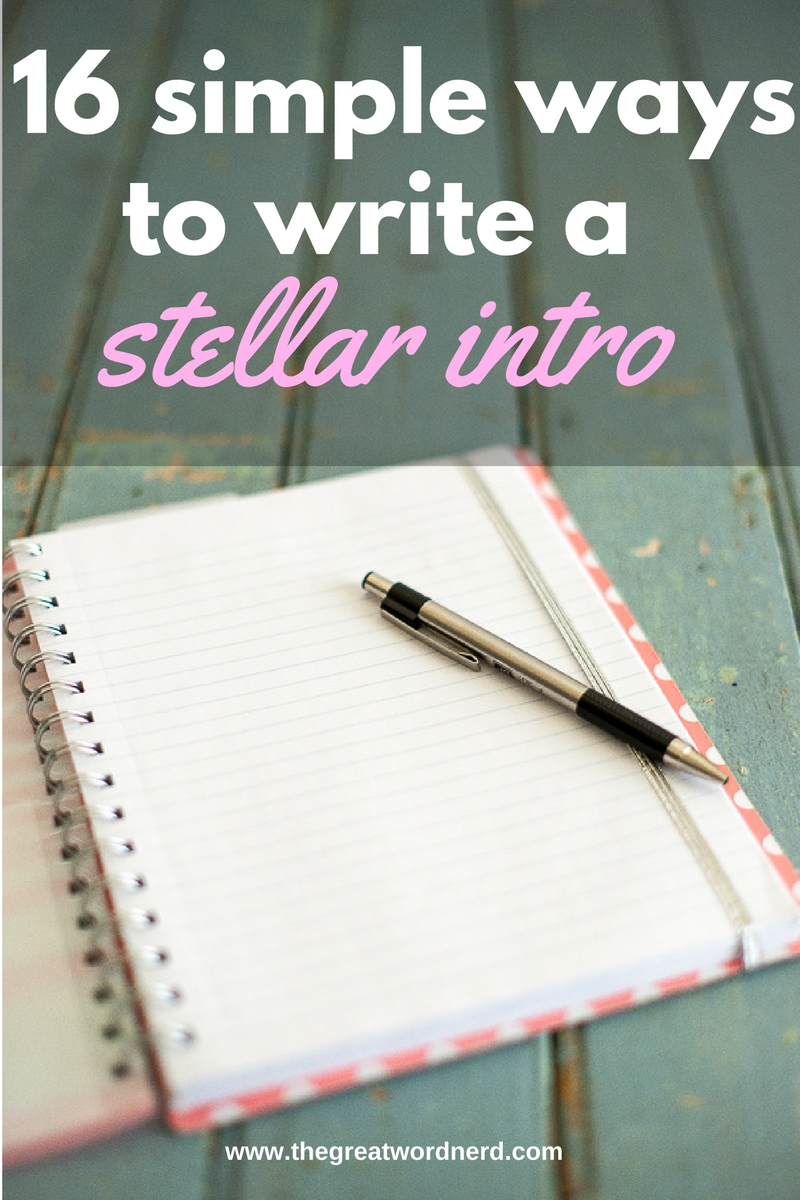For the first time in my life, I’ve been hired by a regional chain bank to do what I love—you guessed it, write! (And yes, I get to do it in my jammies–so I’m still keeping true to my goal of being home with the kiddos 🙂 )So now you’re wondering what it is I do, right? I knew you’d ask.
You know those letters you get from your bank, letting you know that your local branch is closing down or that you’ve been approved for a credit limit increase, etc.? I write those. Yeah, pretty cool, huh? I thought so too. I still get a tickle every time I think about it.
Now, five months into my role at the bank’s executive marketing division (yes, that explains my recent non-existence on this blog!), I’ve learned SO much it’s unbelievable. And the neat thing about it is that I can actually apply the writing concepts I’ve learned to almost any kind of writing.
But hold your horses. Before I go telling you all my little writing secrets, I want to paint a quick picture for you that hopefully you can relate to.
Complicated language…and why it’s dying
Remember the days when you’d get those utterly boring letters in the mail with a bunch of long, smart-looking words, written in a formal (boring) tone that made you fight a yawn?
Have you noticed a difference in how those very letters are written today? The way they sound friendlier, more inviting, more personable, more eye-level…more like the way you’d speak?
That’s because they are.
For example
Old style: Due to a plethora of incidents, the online platform has been temporarily disabled.
New style: Oops, sorry! Our platform’s temporarily down because we’re clearing some bugs. We’ll be up again soon.
The new style is on the rise. And there’s a good reason why: No one has time to decipher complex messages that contain complex words. We’re a society that’s used to instant gratification. We want everything delivered immediately—messages included. And we live in an era where no one has the patience to read every single word. Plus, complex words are sometimes hard to understand, and that can be frustrating for your audience—most of whom, on average, have an eighth-grade reading level.
A lot of companies get it (or at least the ones that care about their customers!), which is why you may notice your mail has gotten simpler to read—and skim—over the years.
And thank goodness for that!
Which types of writing can benefit from simplicity?
You might be wondering: Okay, okay, but what does this have to do with me? I don’t write communications for a bank!
Well, the cool thing is that simplicity is valued in a lot of different kinds of writing—not just Marketing! Here are just some of the types of communication that value friendly, easy-to-read language:
-
Novels
-
Proposals
-
Emails
-
Blogs
-
Presentations
-
Letters
-
Brochures
-
Flyers
-
Direct Mail
Of course this isn’t a comprehensive list, but you get the point. Simplicity is in, complexity out.
How to put it to practice
Saying is a lot easier than doing. In fact, it took me years to learn how to write reader-friendly content and tons of practice. And there are still times, especially when I’m drafting client communications, that I need to take a break and come back to a draft only to spot a ton more ways to make it more reader-friendly.
So, without further adieu, here are some things you can do immediately to write better, simpler content:
-
Write like you talk
-
Don’t try too hard, reading should be effortless—and so should your writing
-
Don’t use complicated words to sound smart
-
Use contractions to make writing sound more like speech
-
Make your sentences short and sweet, but be sure to vary the length/rhythm of each one to avoid choppy-sounding writing.
-
Keep paragraphs short
-
Use headings and subheadings to break up text and make content easier to skim
-
Use white space between sentences and paragraphs—no one likes looking at a big blob of text!
-
Cut out the word “that” whenever removing it doesn’t affect clarity


